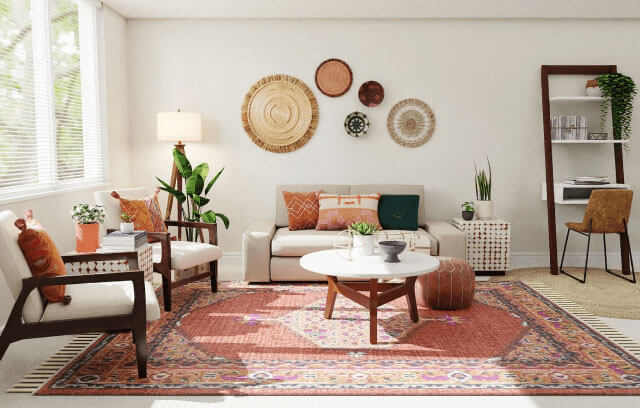
BY ADMIN 23 May 2024
The Evolution of Urban Architecture: Embracing Modern Trends
Urban architecture is constantly evolving, shaped by changing societal needs, technological advancements, and architectural innovations. As cities continue to grow and transform, architects are tasked with designing buildings that not only meet functional requirements but also reflect contemporary trends and contribute to the urban fabric. Let's explore some of the modern trends reshaping urban architecture today.
1. Sustainable Urbanism:
In response to environmental challenges and urban sprawl, sustainable urbanism has emerged as a guiding principle in urban architecture. From green buildings and eco-friendly infrastructure to pedestrian-friendly streetscapes and mixed-use developments, sustainable urban design prioritizes environmental stewardship, social equity, and economic viability. By integrating green spaces, renewable energy systems, and efficient transportation networks, architects are creating resilient and livable cities for future generations.
2. Adaptive Reuse:
With a growing emphasis on historic preservation and sustainability, adaptive reuse has become a prevalent trend in urban architecture. Rather than demolishing existing structures, architects are repurposing and revitalizing old buildings for new uses, preserving their historical and architectural significance while meeting contemporary needs. Adaptive reuse projects breathe new life into neglected urban spaces, fostering cultural heritage, and promoting sustainable development.
3. Smart Cities:
Advancements in technology are transforming the way cities are designed and operated, giving rise to the concept of smart cities. Smart urban architecture incorporates digital technologies, data analytics, and connectivity to enhance urban efficiency, sustainability, and quality of life. From smart buildings with integrated systems for energy management and automation to smart infrastructure for transportation and utilities, architects are leveraging technology to create smarter, more resilient cities of the future.
4. Biophilic Design:
In an increasingly urbanized world, biophilic design seeks to reconnect people with nature within the built environment. By incorporating natural elements such as daylight, greenery, and water features into urban spaces, biophilic design promotes health and well-being, reduces stress, and enhances productivity. Urban architects are integrating biophilic principles into their designs, creating urban oases that provide refuge from the hustle and bustle of city life.
5. Innovative Materials and Construction Techniques:
Advancements in materials science and construction techniques are driving innovation in urban architecture. From sustainable building materials such as engineered timber and recycled plastics to modular construction methods and 3D printing technology, architects have access to a diverse range of tools and materials to push the boundaries of design and construction. These innovations enable architects to create more efficient, resilient, and visually striking urban structures.



